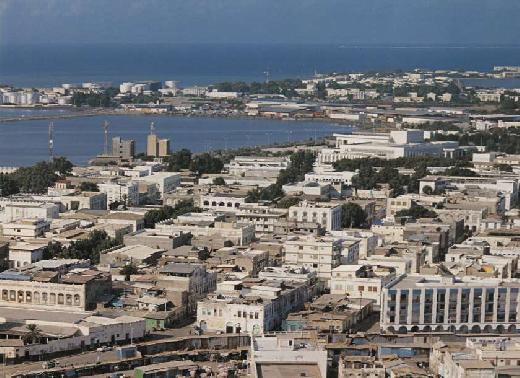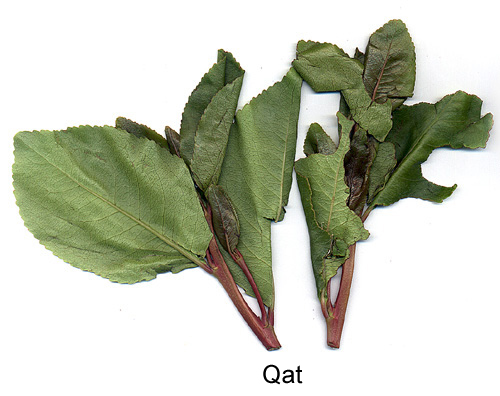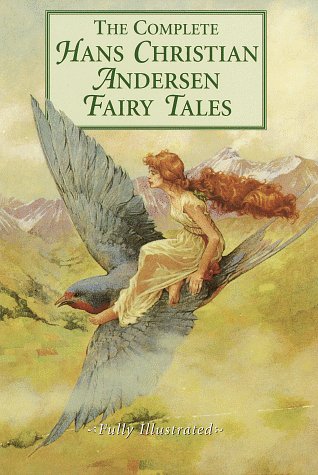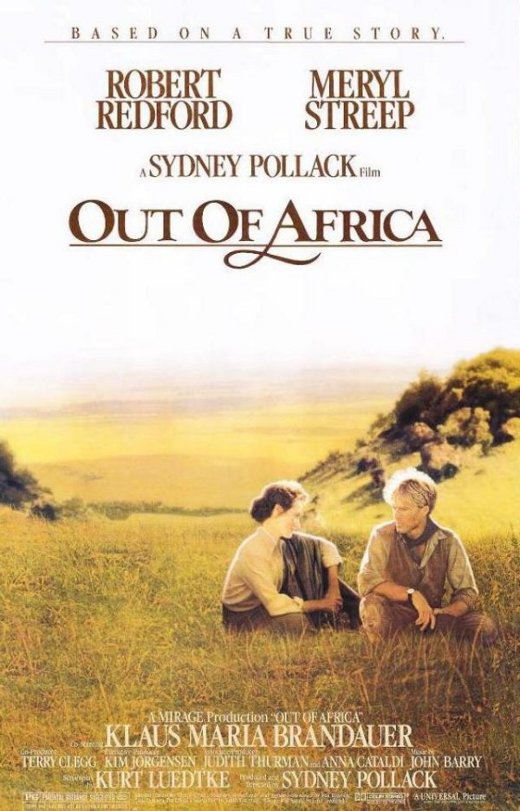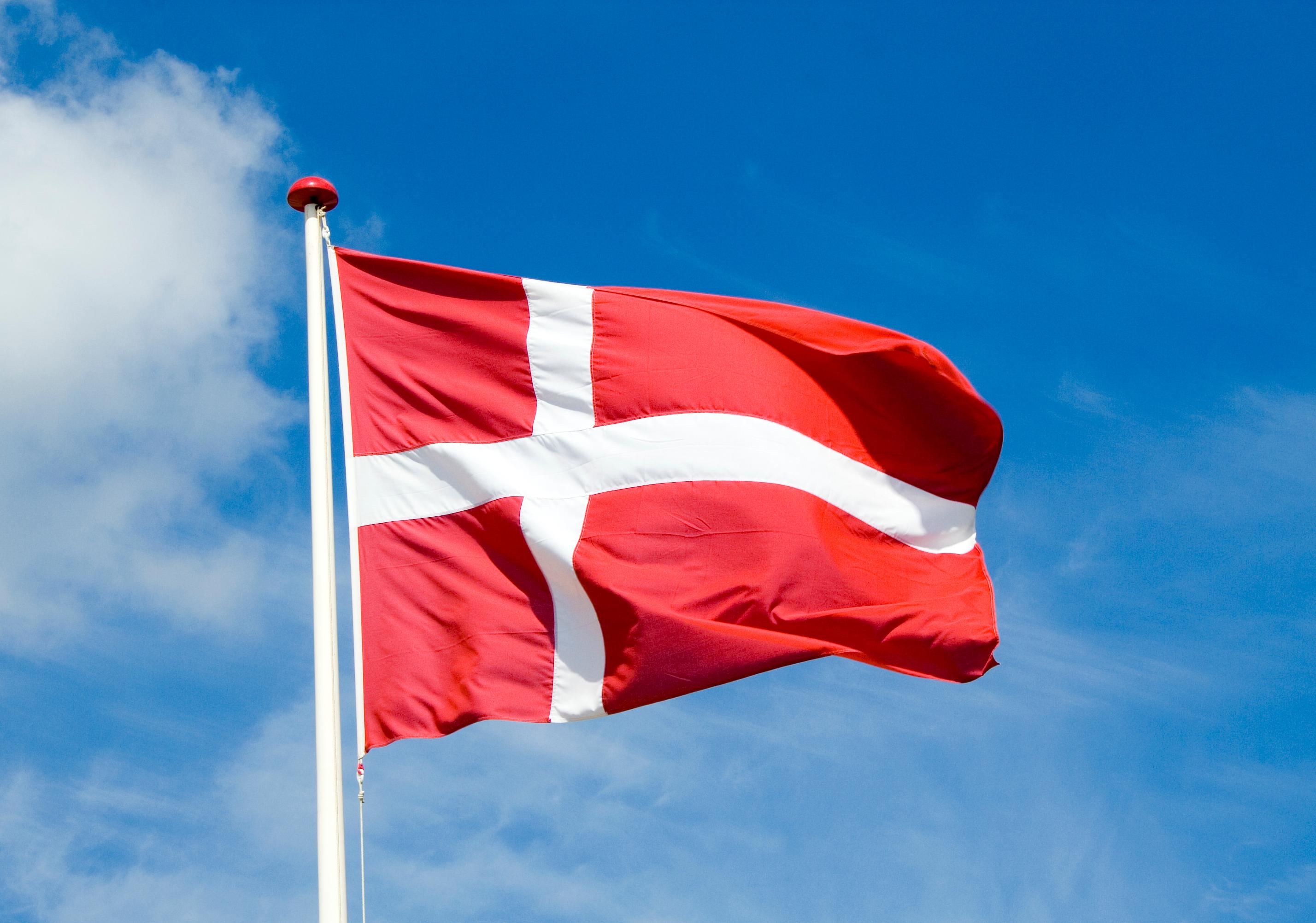Ah, Djibouti. It’s long been the “butt” of many jokes for
English speakers. These jokes were
usually placed at the “bottom” of
my joke list, though. However, I’m going to put this “behind” me, get it out of
my system, and move on; I will do my best to look forward and not to the “rear.”
Djibouti is one of four countries that make up the Horn of
Africa, along with Somalia, Eritrea, and Ethiopia. The country itself is fairly
small, slightly smaller than the US state of Massachusetts. Djibouti lies on the Gulf of Aden and
the southern entrance to the Red Sea. There are eight mountain ranges, the
highest being Mousa Ali (which includes a volcano), and the entire country is
covered by desert. The climate is
hot in the winter and hotter in the summer. The name “Djibouti” is named after
the capital city of the same name. Although linguists aren’t exactly sure, but
there is reason to believe Djibouti may be related to the Afar word gabouti, which is a doormat made of palm
fibers, or possibly stemmed from “Land of Tehuti,” the Egyptian god of the
moon.
Some historians believe Djibouti (and surrounding areas) is
the place the ancient Egyptians called Punt (or Puntland), who was a major
trading partner with Egypt at that time. (I wonder if people from Punt were
called Punters. – Sorry, a little football joke.) This area was mostly
inhabited with the Somali and Afar peoples. The Ifat Sultinate is one of the major ancient kingdoms to
reign in this region and of course there were several others afterwards. In the mid-to-late 1800s, the French
came in and set up their French administration in the capital city, later
taking over and renaming the country French Somaliland (rather unoriginal,
considering there was an Italian Somaliland and British Somaliland as well.)
Several decades later in 1967, it was renamed again to French Territory of the
Afars and Issas. (Slightly wordy,
it was at least more reflective of the original peoples). The people held a
couple of referendums regarding their independence, but finally in 1977,
Djibouti became its own country. Although
there was some political conflict that led to fighting starting in the early
part of the 1990s, it had generally been resolved in the 2000s in an agreement
of power. Djibouti does hold the
only US military base in sub-Saharan Africa, which is a key base in the
assistance in the global watch on terrorism.
The capital city of Djibouti City has about 600,000 people –
roughly the size of Portland, Oregon.
This seaport is known for its sand beaches, which are major tourist
spots. The city is also known its
many markets, many of which are open-air markets selling everything from
fabrics, woven goods, and jewelry to fresh meats and vegetables and grains.
Much of the culture and architecture is a mix of Somali, Arab, and French
styles and traditions. Soccer is
pretty popular, and they have a stadium that holds many international sporting
events. Djibouti City is also a financial hub for many up-and-coming businesses
in all fields.
By far, Djibouti’s largest trade partners are neighboring
Ethiopia and Somalia. Djibouti also refines about four million tons of salt
from the Lake Assal region annually – which also happens to be the lowest point
in the entire continent of Africa.
With the help of Chinese investment, they are looking to expand the salt
industry. They do have problems
with high unemployment; some estimates put it around 50%. Because of persistent problems with
drought causing an unfavorable environment for growing, most of their food is
imported from other countries. This
also causes the country to have a lot of long-term debt they have to deal with.
While Arabic and French are official languages, most people
also speak Somali or Afar as a first language. Different dialects of Arabic are also found spoken in
Djibouti, mostly in immigrant populations, as well as other minority languages.
The vast majority of Djiboutians practice Islam – about 94%
of the population. In fact, the Constitution of Djibouti specifically lists
Islam as the state religion, with Sunni Muslims making up the largest group and
non-denominational Muslims being the second. The remaining 6% of the population are Christian – there is
a small Catholic population overseen by the Diocese of Djibouti.
Up next:
holidays and celebrations

